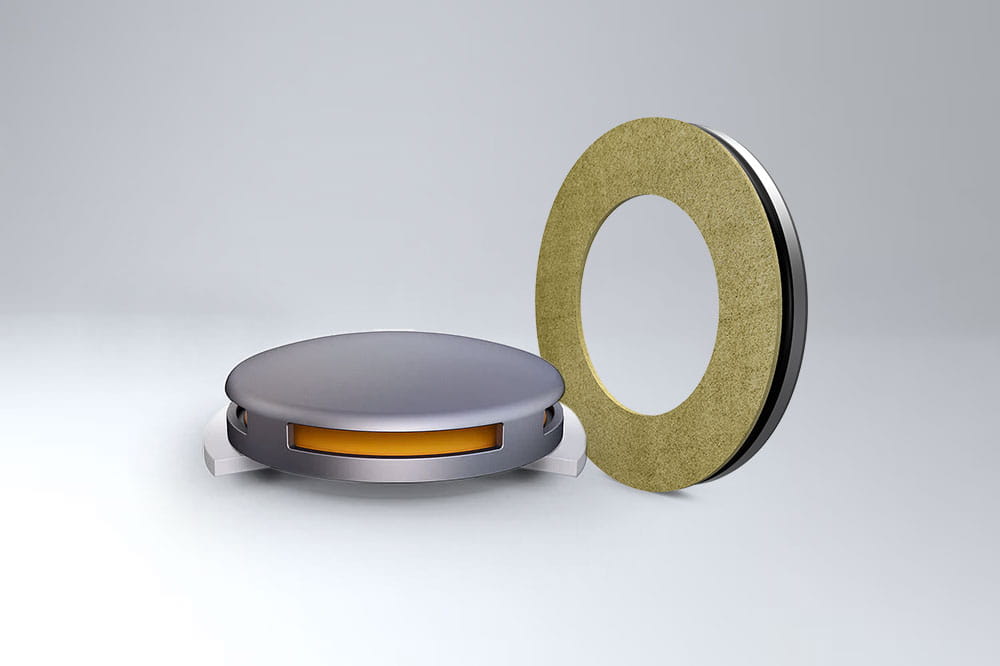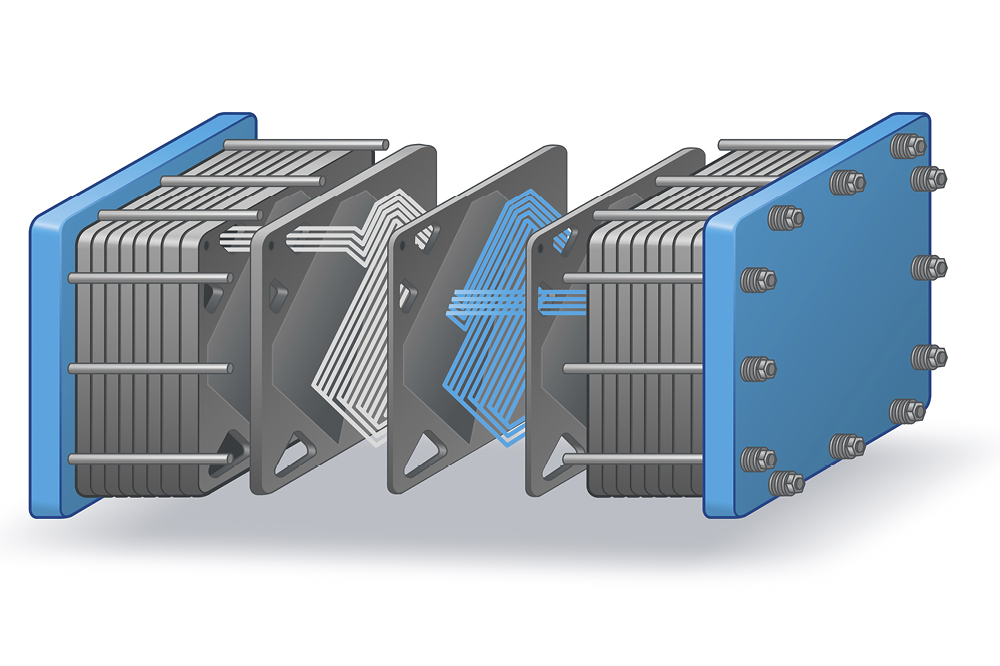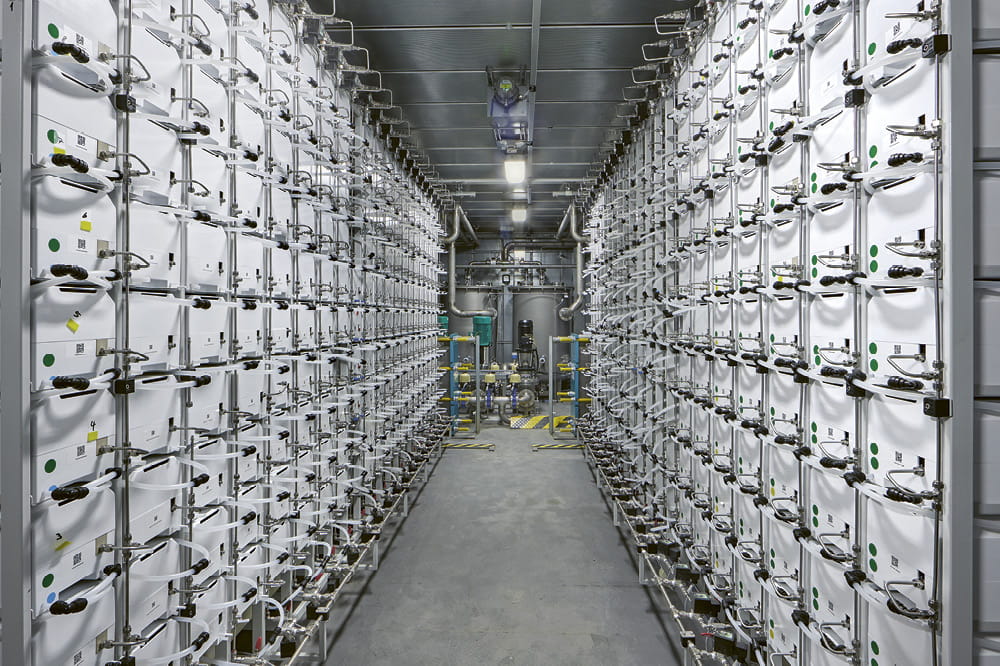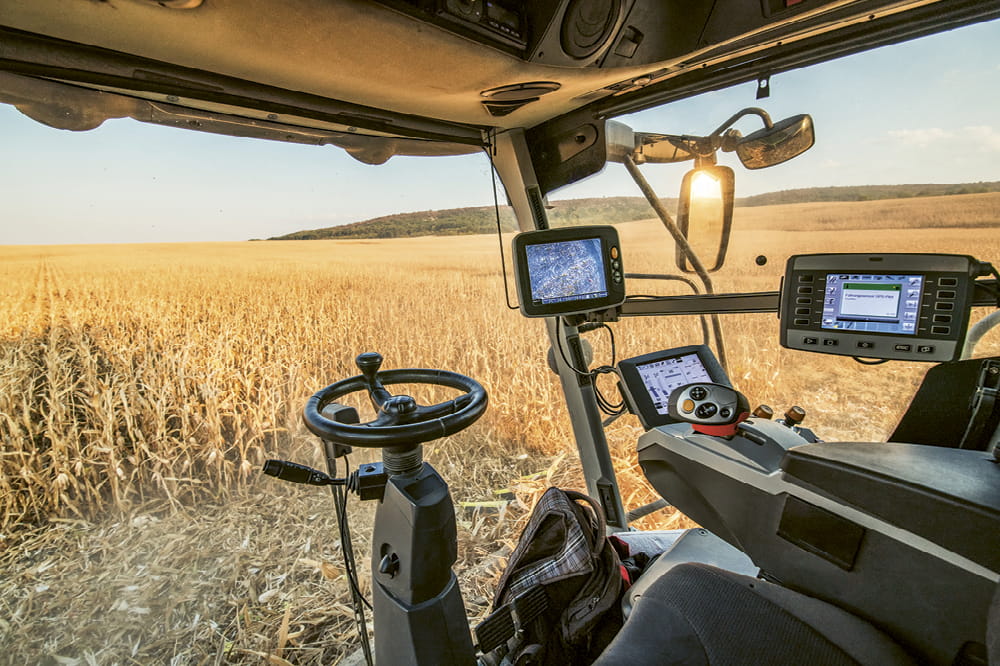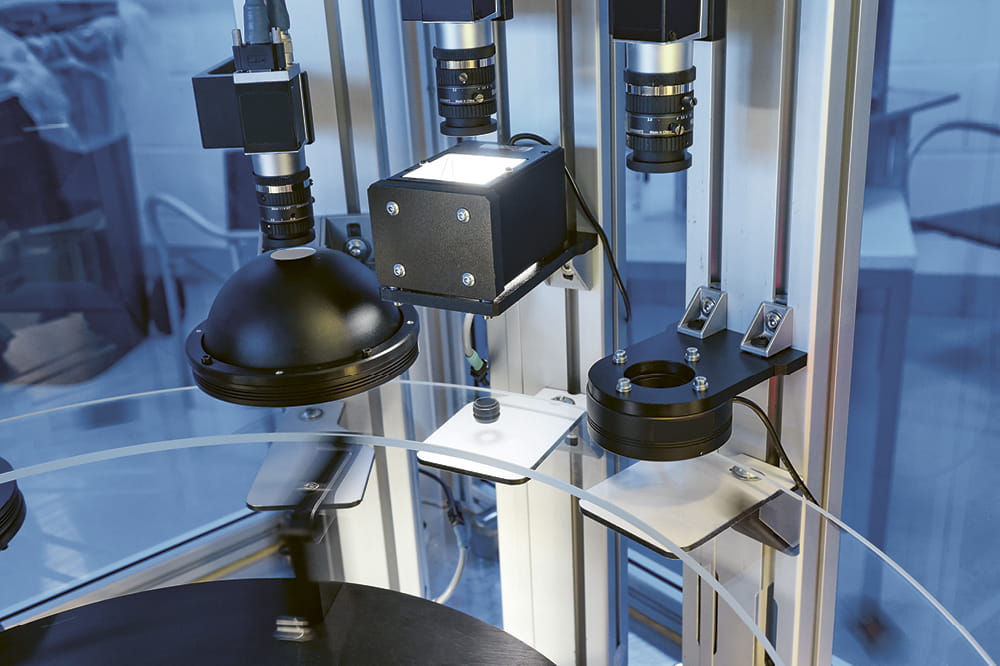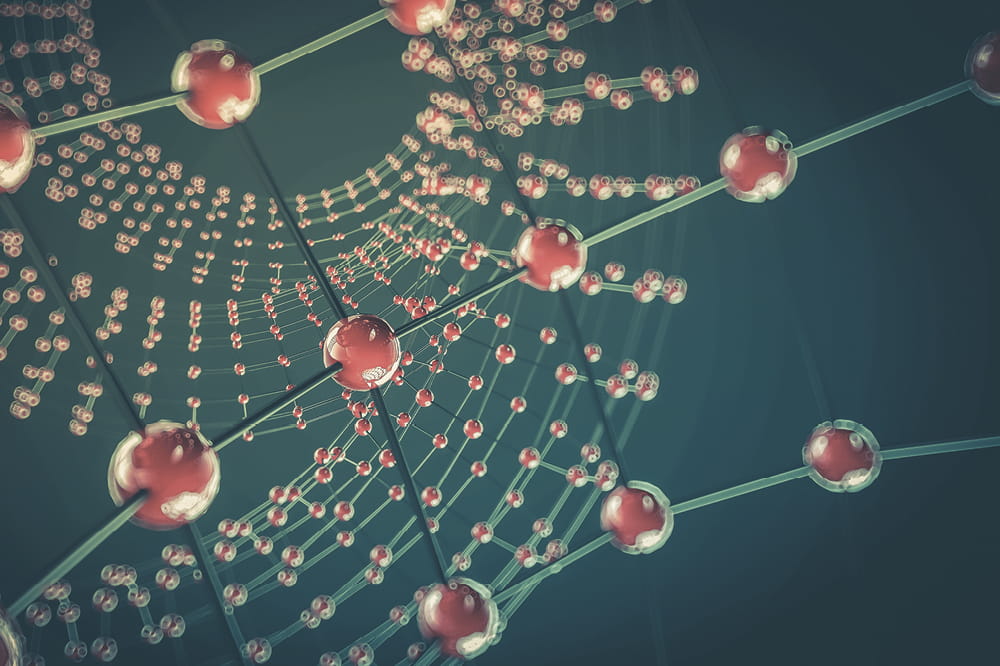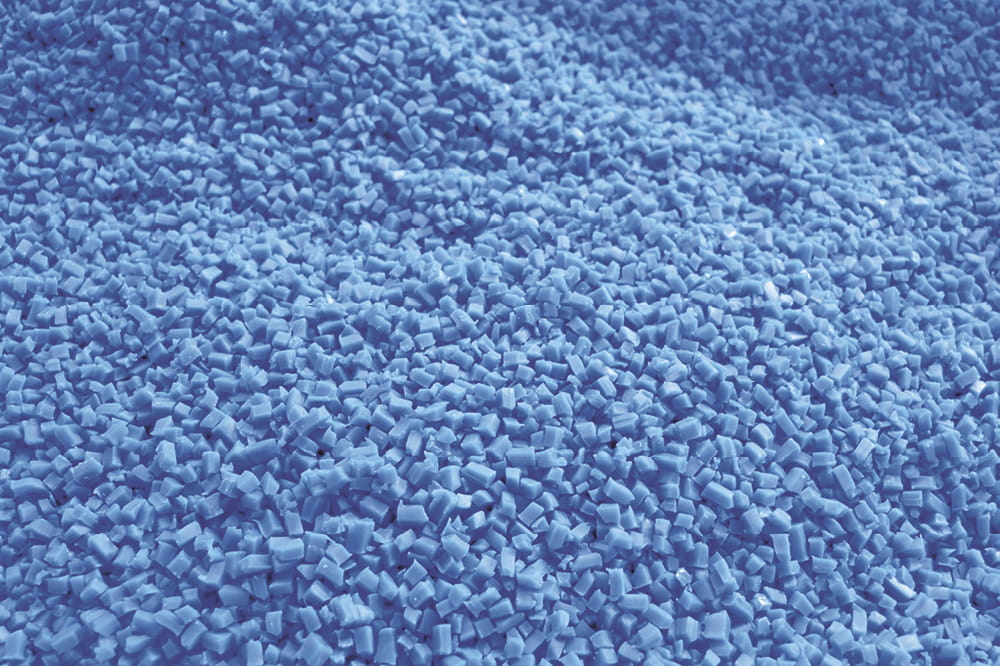Obtain news and background information about sealing technology, get in touch with innovative products – subscribe to the free e-mail newsletter.

High-Performance Radar Sensors Thanks to Precisely Manufactured Waveguide Antennas
Assistance systems make driving safer and more comfortable. The radar sensors that support them monitor the vehicle’s environment with the help of waveguide antennas. In two major projects, Freudenberg Sealing Technologies is demonstrating its expertise with the development and production of these antennas.
Assistance systems have long since conquered the road. Parking assistance, automatic emergency braking and lane departure warning make driving safer. Among other technologies, the systems rely on radar sensors that monitor the environment, so no obstacle or vehicle escapes their notice. All of this has made assistance systems an important feature of automated driving.
We have a deep understanding of the materials and the production processes that are being used. That means we understand the critical areas of an antenna and know exactly where tolerances can be played with. Here we are moving to the limits of the possible.
Marc Knapp, Director, Incubator WGA at Freudenberg Sealing Technologies
There are numerous factors driving this trend worldwide. In the United States, insurers have a special interest in reducing accident rates with assistance systems. In Japan, they are expected to make driving easier for the country’s aging population. The overarching vision of the auto industry is still completely autonomous driving. The driver would no longer need to lay a hand on the steering wheel. This type of autonomous driving would also offer advantages in Europe, where young adults no longer apply for driver’s licenses as a matter of course. Self-driving vehicles would help maintain individual mobility.
Innovations for the Auto Industry
But before developments reach that point, (semi-)automated driving is becoming a key intermediate stage. Here drivers allow a number of different assistants to help them. In many countries, numerous assistants are legally mandated in new vehicles. Radar sensors are often the core of the systems. They continually monitor the vehicle’s environment and warn drivers about hazards, even supporting them by braking or correcting steering when necessary. Freudenberg Sealing Technologies has been active in this forward-looking market for several years, developing the waveguide antennas that are essential for radar sensors. These components are also known as hollow conductor antennas. The company, which specializes in sophisticated sealing technologies, is thus expanding its range of products for the auto industry. In recent years, Freudenberg Sealing Technologies has also developed a much-sought-after pressure equalization element – DIAvent – for the sensitive batteries of electric vehicles as well as a nonwoven-based solution – eCON – that helps to prevent bearing damage in high-performance electric motors.
Freudenberg has formed an incubator team to design and manufacture the waveguide antennas that the market has been seeking. The group consists of employees from several Freudenberg Sealing Technologies departments, along with staff from Freudenberg Technology Innovation and the SurTec company, a unit of Freudenberg Chemical Specialties. “With these antennas, we are focusing our efforts on the passive component of sensors. However, we are keeping a close eye on development trends in hardware and the overall sensor as well as their integration,” explains Marc Knapp, who leads the waveguide incubator team. “The job of waveguide antennas is to send out electromagnetic signals and receive them when they are reflected back by obstacles or other vehicles with minimum losses.”
Collaborating on a Sensor Reference System
Since 2023, the incubator team has been involved in the state-subsidized research project known as RepliCar. Well-known partners from the research sector and industry are collaborating on this effort. The goal is to build a reference system with integrated high-resolution sensors for automated driving. So far, there has been no uniform, internationally recognized reference system of this kind. RepliCar is aiming to develop a precise, high-performance sensor system that would be the standard for the next 10 years. The project’s tasks include the integration of the reference system into a test vehicle. “It is up to us, together with the Karlsruhe Institute for Technology (KIT) and the Offenburg University of Applied Sciences, to develop a suitable approach to modular designs for waveguide antennas. The design should make it possible to construct high-resolution antennas from smaller antenna modules that can be made with injection molding. This would be a basic requirement for the production of high-performance radar antennas on a large scale. Although it is still underway, the project has already enabled Knapp and his team to expand their know-how and core competencies. RepliCar has also paved the way for contacts with important customers, suppliers and researchers.
Winning Two Major Projects with Different Requirements
In 2024, the expertise of the incubator team was impressive enough to bring in several orders, including two major projects with large companies. In the first case, a technology and market leader commissioned Freudenberg Sealing Technologies to produce samples of a waveguide antenna based on its design specifications. The samples are a crucial intermediate step toward series production and are already being made with the target technology for later large-scale production. The sensor maker intends to equip sensors with the antennas for use in vehicle testing and software programming. Among the factors leading to the award was the fact that Freudenberg Sealing Technologies has its own distinctive testing and analytic capabilities. The incubator team was thus able to perform comprehensive environment tests as well as independent high-frequency measurements, and validate the results appropriately.
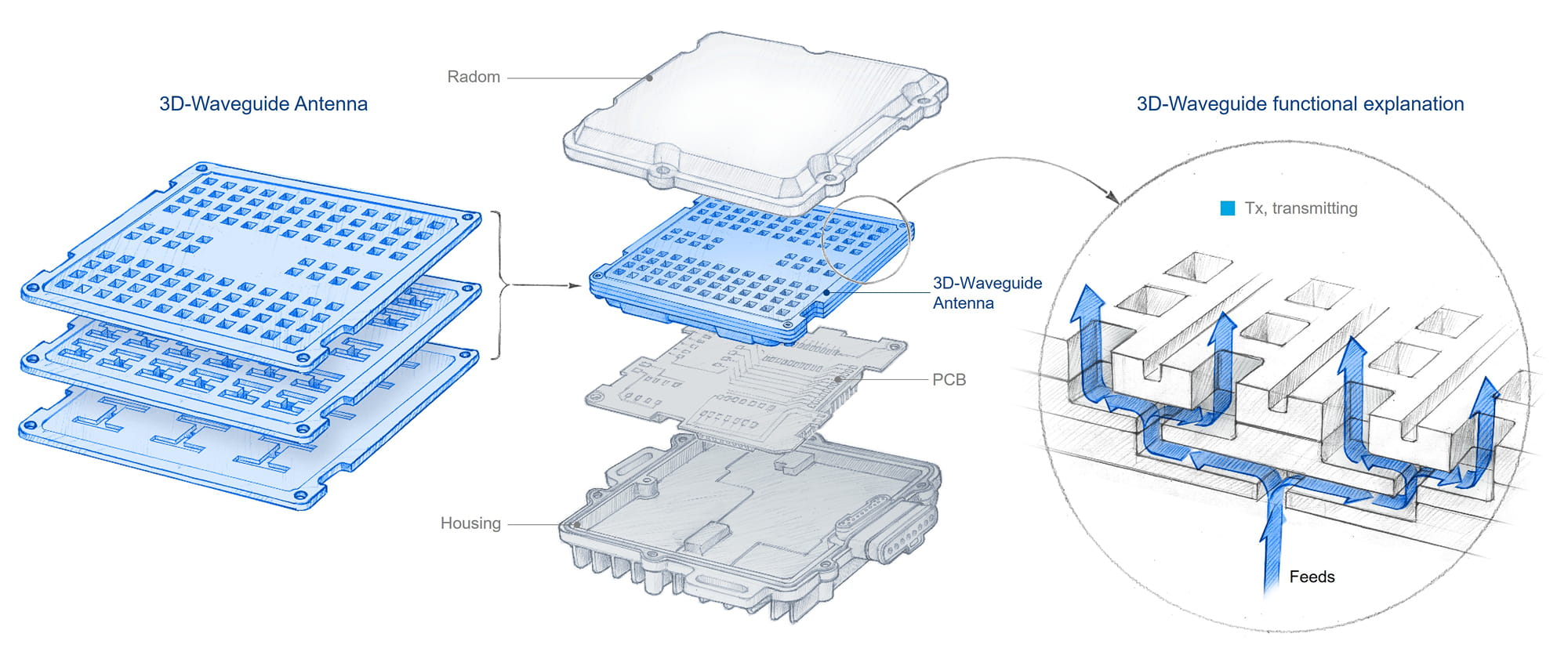
Delicate and efficient: the waveguide antenna is a central component of a radar sensor. The positioning of the antenna in relation to the electronic circuit board (PCB) and the radome, as well as its installation into the housing, are important aspects when integrating the antenna into the system. The delicate, highly conductive channel structures of the waveguide antenna guarantee low-loss transmission and receiving of electromagnetic signals.
The wide-ranging knowledge of Freudenberg Sealing Technologies experts is in demand on the second project. The incubator team is due to fully develop and test two series-production designs for imaging radar antennas as part of a major customer’s innovative sensor system. The customer is only providing the wave conducting structure, the so-called routing, and the geometry of the feeds and emitters. Freudenberg Sealing Technologies is designing the product and helping the customer integrate it into the sensor. “We have a deep understanding of the materials and the production processes that are being used. That means we understand the critical areas of an antenna and know exactly where tolerances can be played with. Here we are moving to the limits of the possible.”
Expertise in the Design Process and Coating the Antenna Channels
One important advantage of the waveguide antenna is the fact that the antennas offer greater design freedom than past antenna technologies. The reason is that they are decoupled from the sensor’s electronic circuit board, making them an independent component. For a long time, antennas had been integrated into the circuit board for the radar sensors. Aside from the greater design freedom, the switch to hollow conductor and injection-molding technology is allowing equal or even better performance at drastically reduced costs. The radar sensors themselves are incorporated into several areas in the vehicle, permitting seamless monitoring of the environment. The preferred locations are in the front end, behind the radiator grill, at the rear, and at the vehicle’s corners.
But for customers, it is not nearly enough for the incubator team to produce extremely precise injection-molded parts. To be functional, they must be highly conductive electrically since the purpose is to send and receive electromagnetic signals. To achieve this wave-guiding capacity, the delicate channel structures are metallized. Here Freudenberg Sealing Technologies can turn to an extremely robust coating process that Freudenberg Chemical Specialties developed. Depending on the design and the type of antenna, individual injection-molded components, when necessary, can be combined into a single antenna module after the metallization is completed, for example, with a soldering process.
Development and coatings expertise come together at our company. Thanks to these competencies, we get problems solved.
Marc Knapp, Director, Incubator WGA at Freudenberg Sealing Technologies
Entire Value Chain from a Single Source
The Freudenberg incubator team is in a position to provide the entire value chain relating to the production of waveguide antennas. “Our expertise today enables us to drive the further development of waveguide antennas decisively, to meet the requirements of the auto industry,” Knapp says. “This is shown by the increased interest that we are receiving from industry. Not least of all because we are combining very precise, robust antennas with a cost-effective production process. Development and coatings expertise come together at our company. Thanks to these competencies, we get problems solved.” Added to this are the testing and analysis capabilities that the incubator team can draw on. Resources are available to the team in the labs and in damage analysis as well. This guarantees excellent responsiveness.
“Design to Manufacture” with Injection-Molding
Incidentally, Freudenberg Sealing Technologies is using robust thermoplastics for the waveguide antenna’s material. It stands out for its minimal thermal expansion. This is important so the geometries of the delicate channel structures remain intact even when temperatures fluctuate to a high degree. The molds for the production of antennas are specially designed and extremely precise. Ralf Schmid, Senior Vice President, Special Sealing Division, emphasizes the company’s very own strengths that ultimately enabled Freudenberg Sealing Technologies’ rapid market entry. “We have always scored with our production processes, material development and testing. Thanks to these competencies, we can supply a very important, integral component for sensor systems.”
The crucial aspect is the “design to manufacture” approach, which proved itself in the first collaborations with customers. Ultimately, the cost-effective injection-molding process is the foundation for the production of the delicate waveguide antennas on a large scale with a very low scrap rate. And then there is the coating process developed specifically for the application. It not only makes it possible to make robust, highly conductive antennas – it also allows even greater design freedom than the existing processes. These are precisely the production parameters desired by sensor manufacturers in the major sales markets in Europe, the United States and the Far East. They are an important step toward the production of high-quality waveguide antennas at a competitive price.
Explore Our Innovative Product Highlights
Visit our Innovation page to learn about Our Product Portfolio - By contributing know-how, high quality standards and innovative ideas.
Explore InnovationsMore Stories About Technology

Join Us!
Experience Freudenberg Sealing Technologies, its products and service offerings in text and videos, network with colleagues and stakeholders, and make valuable business contacts.
Connect on LinkedIn! open_in_new